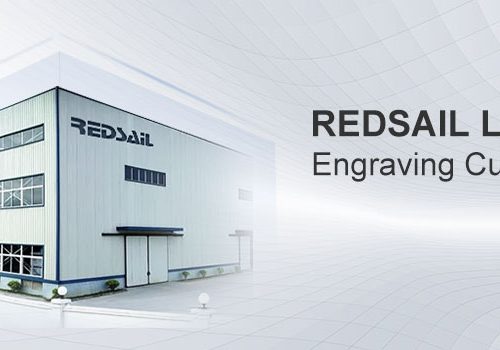
Many factory technicians can use glass laser marking operation, but it is more difficult to be exquisite and confused. Today, I will tell you how to control the quality of glass laser marking machine in the operation of laser marking machine?
In the continuous improvement and development of enterprises, factories and manufacturing industries, a new technology makes it possible to use sealed off carbon dioxide (CO2) laser marking devices to directly mark glass with bright outlines and high quality. This is a technology that can replace expensive solid-state lasers and traditional glass marking methods. The 25W carbon dioxide (CO2) laser can meet most of the requirements for marking on glass. The carbon dioxide (CO2) laser marks the glass by destroying the glass surface, so it is allowed to have a certain number of cracks on the glass. However, excessive cracks will lead to unclear marks, potential weakening of material strength, and more seriously, the substrate will become loose. However, you need not worry. It is found in the continuous experiments of laser engraving machine enterprises that these problems can be avoided by precisely controlling the amount of cracks in the material during the marking process, After summary, there are three methods to control the type and number of cracks on the glass surface:
The first method is to use multiple laser radiation;
The second method is to use discrete points to form annular cracks;
The third method is to produce crack like surface cracks.
First of all, one laser radiation can produce a sharp visible mark on the glass, but it must be noted that the direction of cracks and stress patterns will extend perpendicular to the direction of laser movement. In a short time or even a few days after the mark is printed, these cracks perpendicular to the laser moving direction will form new cracks, which will expand to the area near the original mark to form fragments, thus affecting the clarity of the mark. Multiple laser radiation is used to heat the areas adjacent to the marked area through heat conduction, so as to form stress gradient in these areas and reduce the possibility of secondary fracture. This method is very effective in marking soda lime glass and borosilicate glass. Primary laser radiation is more effective in marking fused silica glass and quartz glass, because the expansion coefficient of these two materials is very low.
The second method is to use a series of annular cracks to form characters, bar codes, square or rectangular codes and other shape code patterns. Low density annular cracks are produced in glass through heating and cooling cycles. When the glass is heated, it will expand and extrude the surrounding materials. When the temperature rises to the glass softening point temperature, the glass will rapidly expand to form a dome of low-density materials protruding from the glass surface. After heating, the glass shrinks to the initial surface position, but this relaxation time is the time for the formation of the whole low density, making it unable to recover to the initial position before the softening temperature.
Three different marking methods are used to mark the glass with a carbon dioxide (CO2) laser, that is, multiple laser passes; The discrete points form annular cracks and surface cracks like cracks. Because the facula energy is Gaussian distribution, the temperature at the center of the facula is higher. When the high temperature zone returns to the initial position, the center of the annular crack is formed in this zone. A stable annular crack is formed at the joint between the low density forming area and the standard density area. This method is suitable for marking on ordinary optical materials, tempered glass, chemically reinforced glass or ordinary soda lime float glass.
The third method also uses the same heating and cooling process to change the surface of a specific volume of glass. However, the size of the light spot used in the third method is relatively large, and the boundary between the two density areas is not as clear as the ring crack method. The marks produced by this method are not immediately visible. It is required to apply a little pressure before grid cracks begin to appear along the laser marking area. The text, graphics and various codes are formed with the generated fragment free crazing stripe filling pattern. Because this method requires a pure surface, clear marks can be printed with high-quality automotive glass.

